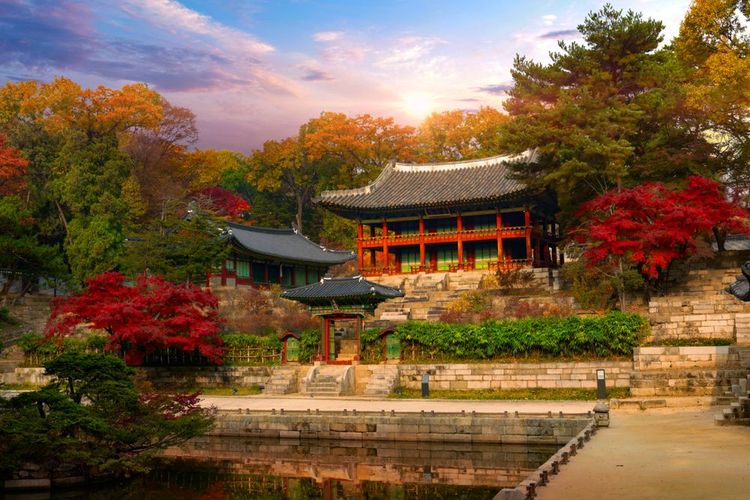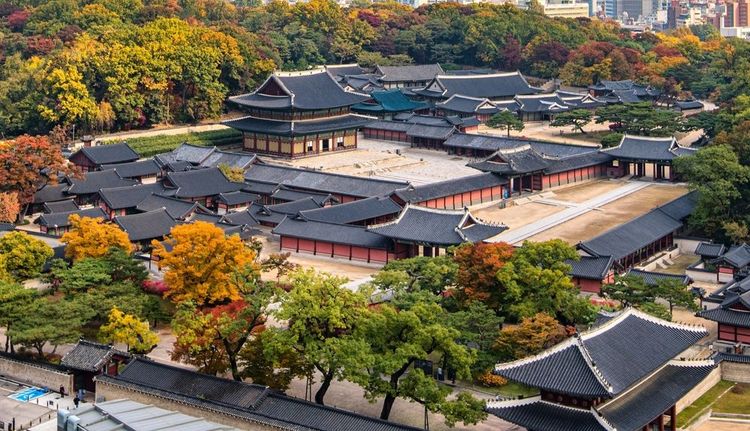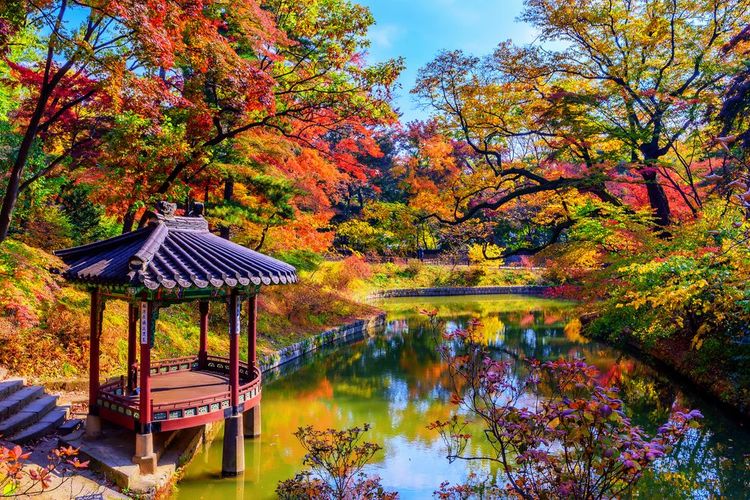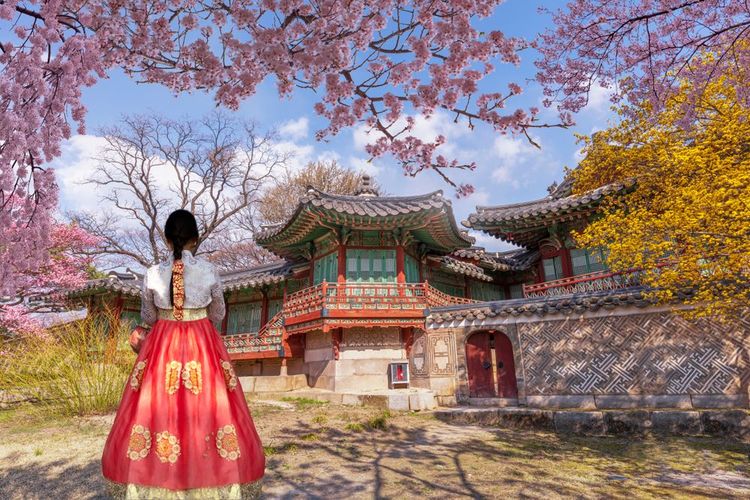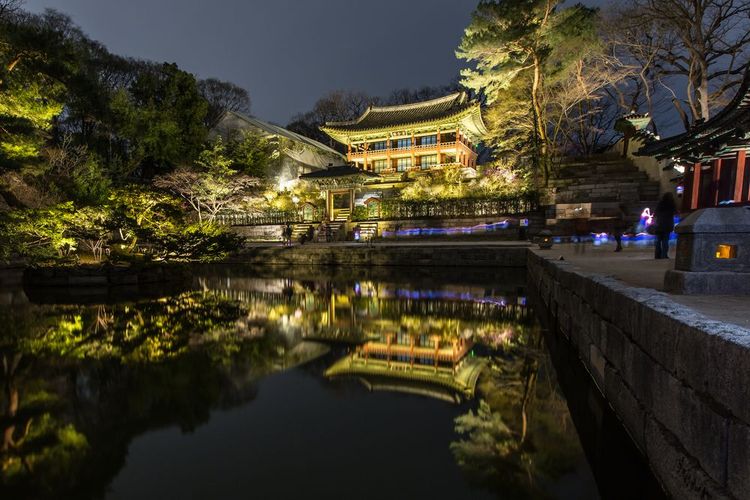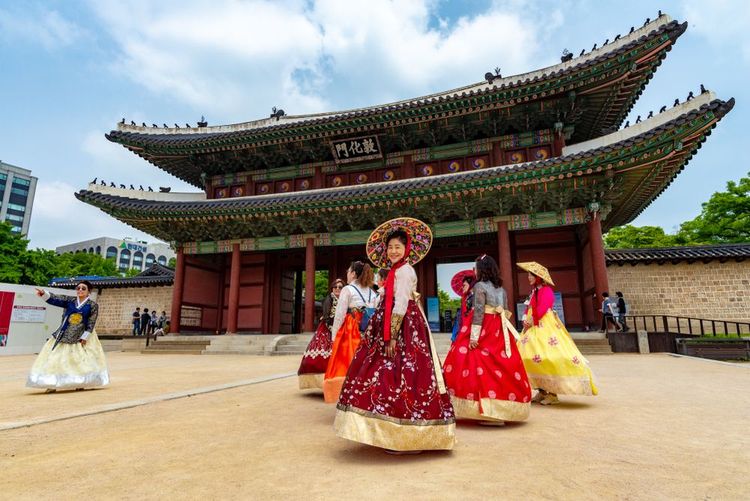🚌 How do I get to Changdeokgung Palace?
There are 3 ways to get to Changdeokgung Palace: Subway: take lines 1, 3 or 5 (exit 6) and get off at "Jongno 3-ga" station or line 3 (exit 3) towards Anguk station. Bus: There are several bus routes from Seoul that lead to the palace. The best routes are the Blue Bus (109, 151, 162, 171, 172, 272) and the Green Bus (7025) On foot: for the majority of Seoul's districts north of the Hangang River, Changdeokgung Palace is less than an average 45-minute walk away.
👛 Price:
General tours: Adult: 3,000 won (2 euros); Young people (7-18 years): 1,500 won (1.50 euros)
Secret garden tours: Adults: 18,000 won (12 euros); Young people: 5,500 won (4 euros)
Did you know: you can visit the palaces for free if you wear a Hanbok, a traditional Korean dress.
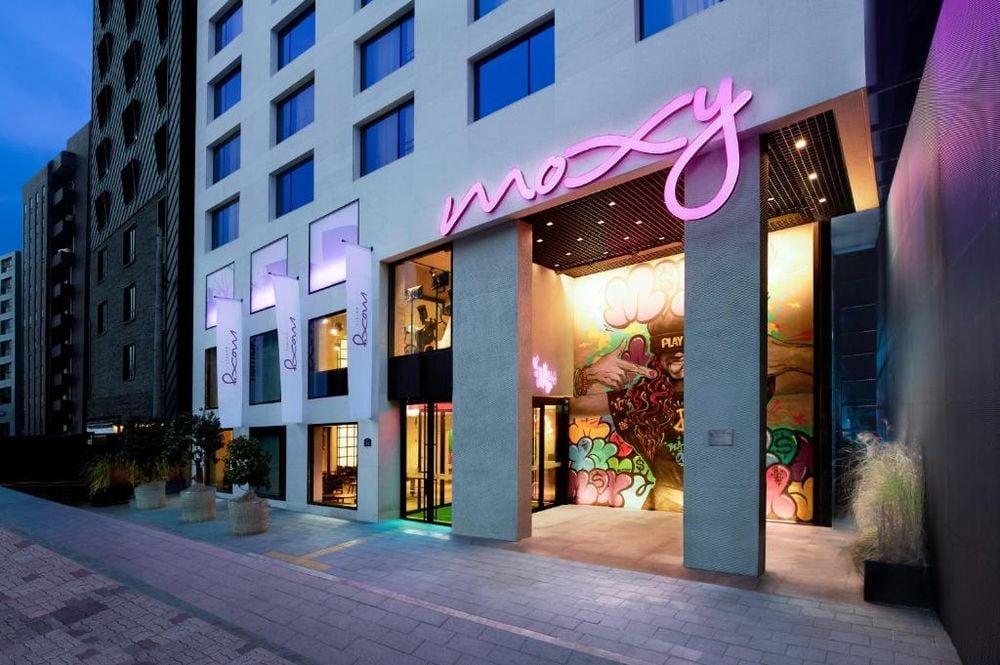 Seoul
Seoul
